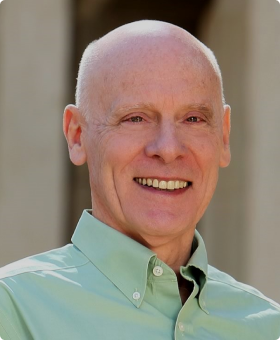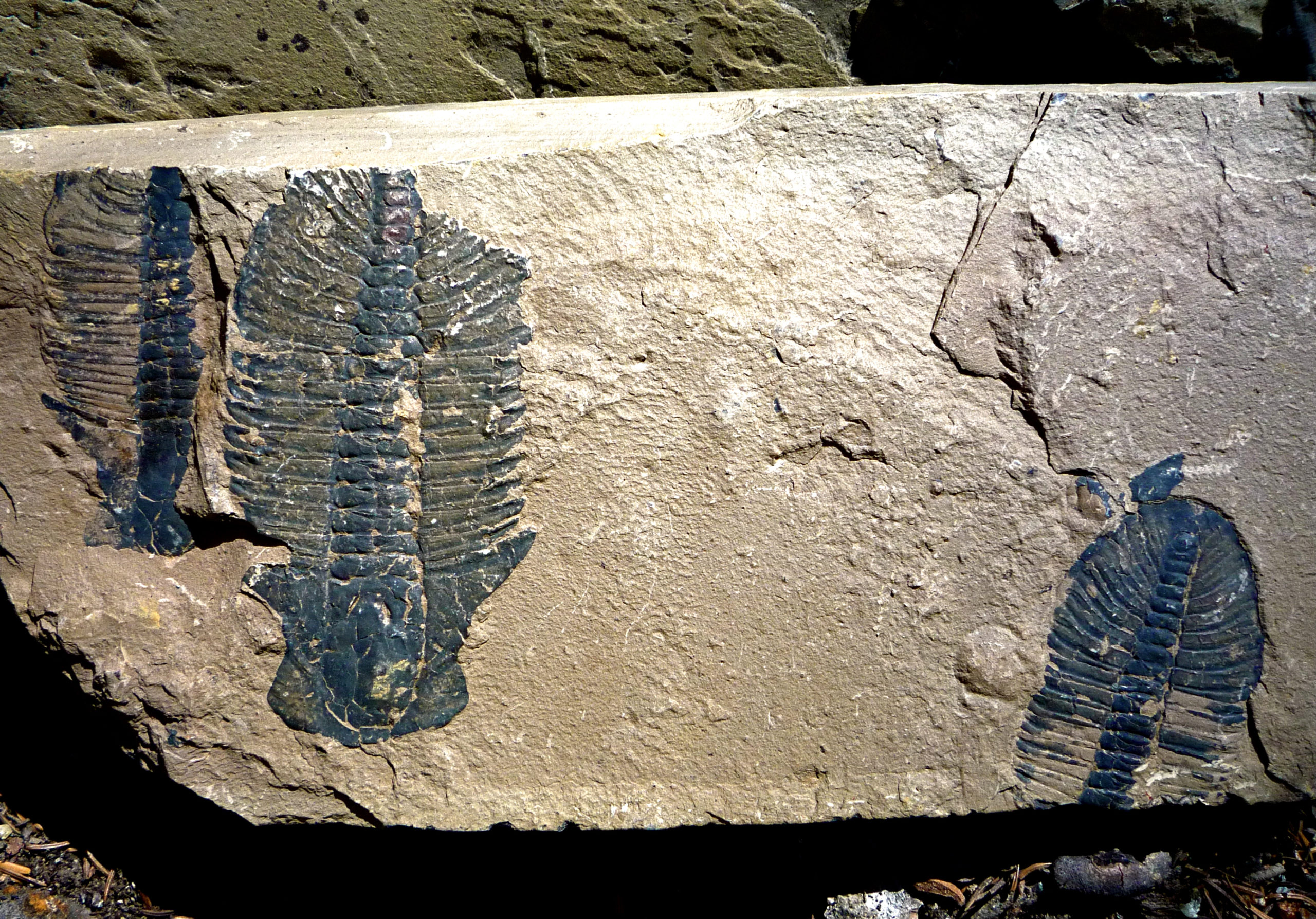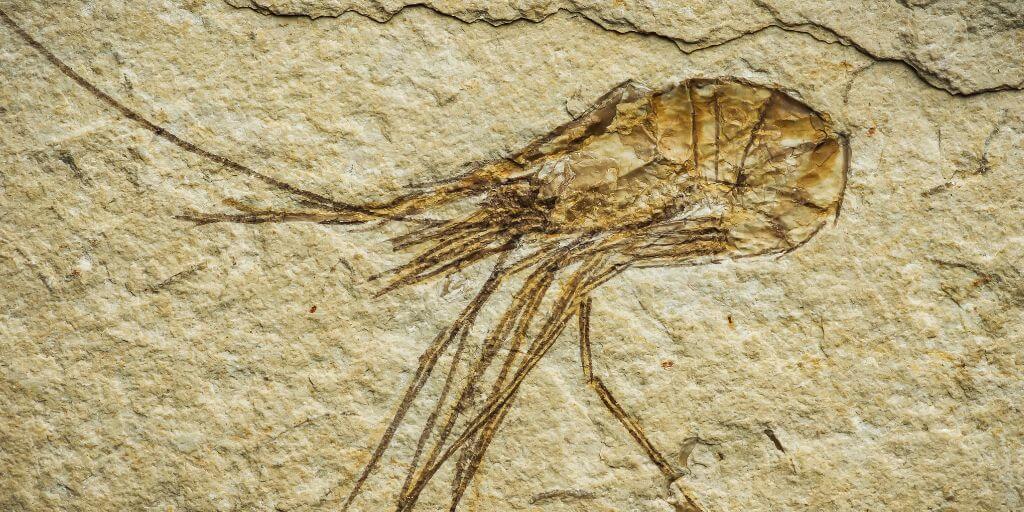This article was originally authored by Dr. Hugh Ross and is republished here with permission from Reasons to Believe, a ministry dedicated to integrating science and faith. All rights reserved by the original publisher. To explore more resources, visit their website Reasons to Believe.
The Cambrian explosion: life’s sudden diversity
A period of 410,000 years seems long to us but is remarkably brief in Earth’s geological timeline. Recent studies affirm the sudden burst of complex life known as the Cambrian explosion and its implications for both evolution and creation.
The Cambrian explosion marked the rapid emergence of nearly all major animal body plans. Within a brief window, life diversified into 30 or more phyla, introducing animals with skeletons, circulatory systems, and complex organs. The event required precise environmental conditions, including oxygen-rich oceans and atmosphere.
Dating the Cambrian explosion with precision
Multiple uranium-lead zircon studies in South China have helped establish the Ediacaran-Cambrian boundary. These studies—led by researchers such as Diazhao Chen and Can Chen—placed the onset of the explosion between 541 and 540 million years ago. Recent findings by Ulf Linnemann’s team refined the date further to 538.99–538.58 million years ago, indicating the transition occurred within just 410,000 years.
This precision dating strengthens the evidence that the appearance of complex animal life happened almost instantaneously on a geological timescale, challenging gradual evolutionary models.
New discoveries expand the Cambrian record
Recent fossil discoveries in Australia and South China revealed bryozoans—tiny aquatic invertebrates—within Cambrian strata. This pushes the origin of the bryozoa phylum back tens of millions of years earlier than previously believed. These new findings add to the list of phyla that originated during this explosive biological event.
Philosophical implications of rapid biological emergence
The brevity of the Cambrian explosion presents a major challenge for naturalistic explanations of evolution. The near-instantaneous appearance of dozens of animal phyla defies expectations of gradual biological development. Paleontologists like Kevin Peterson and Gregory Wray have noted that attempts to explain the Cambrian event through purely materialistic processes have become “more elusive, not less.”
For those who view creation through a theistic lens, the Cambrian explosion demonstrates intentional design—an act of creation that filled the Earth with diverse life forms essential for the planet’s future, including the eventual rise of humanity.
Endnotes
- Roger Lewin, “A Lopsided Look at Evolution,” Science 241, no. 4863 (1988): 291–293.
- Diazhao Chen et al., “New U-Pb Zircon Ages of the Ediacaran-Cambrian Boundary Strata in South China,” Terra Nova 27, no. 1 (2015): 62–68.
- Can Chen and Qinglai Feng, “Carbonate Carbon Isotope Chemostratigraphy and U-Pb Zircon Geochronology of the Liuchapo Formation in South China,” Palaeogeography, Palaeoclimatology, Palaeoecology 535 (2019): 109361.
- Ulf Linnemann et al., “New High-Resolution Age Data from the Ediacaran-Cambrian Boundary,” Terra Nova 31, no. 1 (2019): 49–58.
- Zhiliang Zhang et al., “Fossil Evidence Unveils an Early Cambrian Origin for Bryozoa,” Nature 599 (2021): 251–255.
- Kevin J. Peterson et al., “MicroRNAs and Metazoan Macroevolution,” BioEssays 31, no. 7 (2009): 737.
- Gregory A. Wray, “Rates of Evolution in Developmental Processes,” American Zoologist 32, no. 1 (1992): 131.
Go Deeper

Dr. Hugh Ross
Hugh Ross is the founder and senior scholar of Reasons to Believe, an organization dedicated to communicating the compatibility of science and the Christian faith. While in college, Hugh committed his life to Jesus Christ after his study of cosmology convinced him of the existence of a Creator, specifically the God of the Bible. Hugh holds a degree in physics from the University of British Columbia and a PhD in astronomy from the University of Toronto. After five years on the Caltech faculty, he transitioned to full-time ministry and still serves on the pastoral team at Christ Church Sierra Madre. His writings include journal and magazine articles, hundreds of blogs, and numerous books-Why the Universe Is the Way It Is, Improbable Planet, Designed to the Core, and Rescuing Inerrancy, among others. He has spoken on hundreds of university campuses as well as at conferences and churches around the world and participates in the weekly Stars, Cells, and God podcast.





Leave a comment